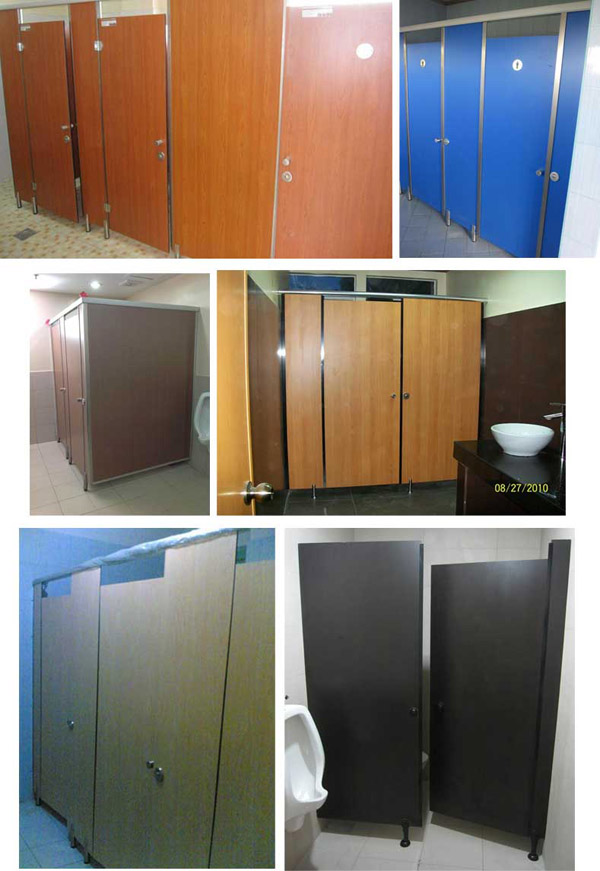Table of Content
Pour in the rest of the water in the storage bottle to create a Blix solution of 1000 ml / 1 liter / about 1 quart. This is a endothermic reaction so the solution may become colder and needs to be warmed back up before pouring into the developing tank. All three options produce sharp and colorful images.

Instead, CVS takes the films to third-party labs for development. However, only those CVS stores with a photo center can take your orders to develop a film. It’s important to note that the water needs to be 120 degrees Fahrenheit when you are mixing up both the developer and blix chemicals. It only needs to be 102 degrees Fahrenheit, though, when you’re actually developing the film.
Is CVS Strict On The Dress Code?
It has submitted at the bottom, and you can slide the central gap of the film reel into this. Twist the funnel cap on the tank into place to create a tight seal. After you are certain no light can enter the developing tank, you can safely cast off it from the changing bag.

Once your negatives are dry, you’ll want to scan them. Once you rinsed and stabilized your film, it’s ready to hang up to dry. I’ll typically hang my film from our shower rack which my husband just loooves .
What Do You Need to Develop Film?
Old film doesn’t go bad all at once – colors shift, contrast fades away, and fog builds up. Old film (~10+ years past the process date) will have faded, skewing towards magenta. Attach shipping label to a padded mailing envelope or box (don’t use a paper envelope) and tape it closed. Film Clip & Film Squeegee - This is simply to hang your film up to dry and squeegee off the excess water after rinsing it. If you want to be strict about it though, the only way to know for sure is by developing the film.
You’ll also want to label the containers as you go but a piece of scotch tape if fine. I hope you liked this article and found in helpful in your quest to learn how to develop film at home. To make your own darkroom effects like cross-processing or solarization.
Things You Will Require for Film Development
To check the temperature of your chemicals, you can use the thermometer. If it’s too cold, place the beaker in warm water on the sink. Use cold water if you need to bring the temperature down. So, if you don’t have many tanks to process, this will avoid unnecessary waste. Both cases are much more complicated than any of the black and white ones, which is why I don’t recommend them to start.

After opening the developing tank, cautiously take away the film from the film reel. You can gently sponge the film to soak up all of it. You can additionally purchase a particularly made film squeegee for the purpose. The stop bath halts the consequences of the developer to forestall the image film from getting too dark. Pour it into the developing tank and set the timer for 30 seconds while stirring the tank. Let the creating tank sit still for the subsequent 30 seconds.
Safety Considerations While Developing Color Film
A room with the least amount of dust floating around is ideal. Place 800 ml of distilled water at 110 degrees Fahrenheit into your 1000 ml beaker. While stirring, add the contents of the packet labeled “Developer.” Stir well and add additional distilled water to make 1000 ml. Transfer to storage container using a funnel or just pour extra carefully. Beakers -These are necessary for measuring out chemicals each time you develop film.
This heats up the tap water which transfers heat to the containers of water. Below is a picture of what it looks like once you get to the point of processing film - but for now the beakers are just filled with distilled water. Changing bag – Photographic film is sensitive to light; that’s how the image gets imprinted. Therefore, you need to protect it when you take it out to develop it.
Additionally, it will allow you to get your hands on your developed photos much faster. Although film photography is starting to trend once again, its popularity has certainly taken a hit with the widespread adoption of digital photography. That means there are fewer chemical film developers on the market, so it is possible that sending your film out by mail for development may be your only option. This is especially true for color film where developing it at home can be tricky because of the precise steps that need to be followed. However, there are kits you can purchase that make the process much easier than it used to be. It can cost anywhere from $9.96 to $17.99 to develop one roll of 35mm film at a local retail store.

I should also mention, I’m using this process with the Unicolor C-41 Powder 35mm / 120 Film Home Developer Kit. So for instance, if you’re going to use a 2 liter kit - you’re going to need larger storage containers / beakers for your chemicals than what I have listed here. As a rule of thumb, if there’s no film strip outside the film canister, it’s a used roll. Manufacturers leave a tab of film out of the canister for you to load it into the camera. Fitzgerald Photo is based in Australia and has been processing film since 1967. They also process medium format film and large format plates.
Many people use a dedicated light-tight space called a darkroom to develop film , but that’s not necessarily a requirement. One way people without a darkroom can develop film is by using a filmchanging bag. First, make sure your developer solution is at the correct temperature (102°F or 43.5°C) in its storage bottle and pour the developer solution into the tank for 3.5 minutes. Place the secondary lid onto your development tank to keep the solution from spilling out during agitation.


No comments:
Post a Comment